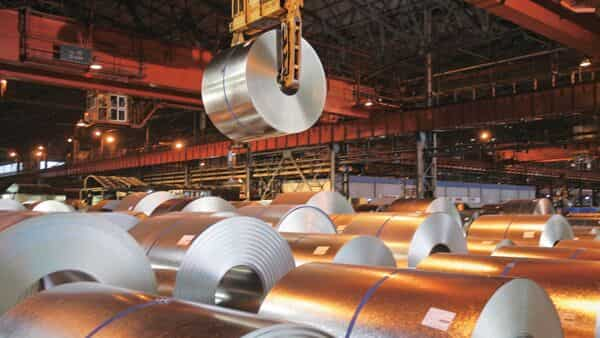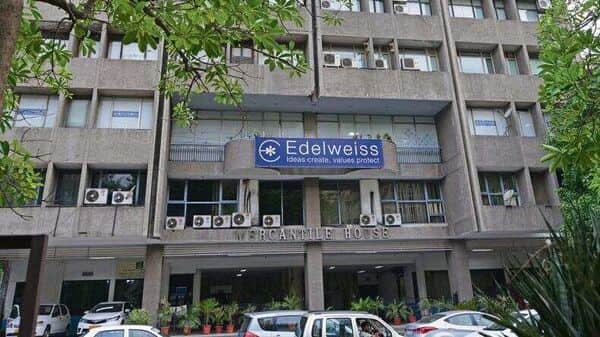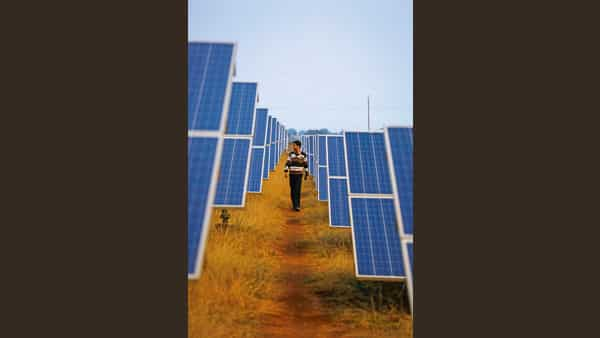[ad_1]
Platts, part of S&P Global, however, defended its price assessment methodology. Iron ore and coking coal are the primary raw materials used by steelmakers.
Seshagiri Rao, joint managing director of JSW Steel, while not imputing motives, claimed that deals between related parties were being included in Platt’s price assessments. This, he said, leads to “price distortion,” as steel makers fix long-term contracts with metallurgical coal suppliers based on the Platts price index for the commodity.
“Platts is reported to have a governance framework, in line with Principles for Price Reporting Agencies as published by IOSCO (International Organization of Securities Commissions),” Rao said.
“However, it is a matter of concern as it is learnt that the deals between certain coal suppliers and their sister trading companies or trader-to-trader bids and offers with no actual deal are also registered for assessment/evaluation of reported index price. This is expected to create distortion or misrepresentation in index price.”
IOSCO, the international body of the world’s securities regulators, is the global standard setter for the securities sector.
Rao commented against the backdrop of Australia FoB coking coal prices falling 63% from a record $670.5 a tonne in March to $250 per tonne as of 5 December. This assumes importance for steelmakers, as met coal accounts for 35-40% of their production cost and because India is the world’s largest importer of coking coal at over 70 million tonnes per year.
At the nub of the issue is the pricing of most of the 300 million tonnes traded each year, aggregating $75 billion at the current market price of $250 a tonne. The pricing of this substantial quantity is linked to the average monthly index pricing reported by Platts. That is, the price for December will be the average monthly price assessed in November and so on.
Around 90% of the 300 million tonnes is sold to steel companies through index-linked contracts by miners such as BHP Billiton, Glencore, and Anglo American, while only 10% is sold through spot contracts.
However, it’s the spot transactions wherein Rao cited the occurrence of related-party deals forming the basis for long-term pricing contracts.
“Platts’ index prices are computed daily from physical deals if reported, the globalCOAL spot platform trades including bid and offers which may not result in any deal (tradable deals), and the market heards (chatter) collected throughout the day,” said Rao.
“Indian steel makers thus don’t have any effective mechanism for hedging their input price risk hurting margins as there is no correlation between Platts index price for met coal and steel prices,” he added.
The futures trading (paper trades) on Singapore Exchange (SGX) is a very small percentage of physical trade (10 to 15 million tonnes of paper trade vs physical trade of around 300 million tonnes).
However, a spokesperson for Platts denied that its assessments included related-party transactions.
“Platts price assessments do not reflect transactions between entities that are related to each other. We are not aware of transactions between related entities being included in our price assessments for coking coal, and if the companies you are talking to have specific examples or possible instances in mind, we would investigate further.”
“Platts prioritizes competitive bids and offers that stand at the close of its assessment process above previously reported transactions. Platts considers that a confirmed, verified trade may represent value for the entities involved in the transaction, whereas an unfilled, but confirmed and verified, bid or offer open to the market at large represents value for the whole market.”
On the matter of 10% of spot market volumes being the basis for pricing 90% of tradeable volumes, the spokesperson added, “Most physical commodity markets typically fall into a pattern of trade where 80-95% of all physical trading is done under long-term contracts, and only 5-20% of trading is done through the spot market (and similar markets, like tenders). It is very common for long-term contracts to reference the value established in the spot market. A spot market that accounted for approximately 10% of all volumes, with the rest contracted under term arrangements, would be fairly normal for any commodity market.”
Another steel industry executive said that it would be prudent for steelmakers looking to cut costs amid falling steel prices – down from ₹70,000 per tonne prior to the Ukraine war to ₹55,000 currently – to consider alternative suppliers of met coal from America, Colombia and Indonesia, rather than depending on Australia. He expects met coal prices to decline further to $220 in line with a correction in crude prices.
Met coal prices rose to record highs partly as a gas shortage in the wake of the Ukraine war caused its demand to rise for mixing with steam coal in Europe.
Download The Mint News App to get Daily Market Updates & Live Business News.
[ad_2]
Source link
John Miller has been writing about science, gaming, and tech culture for over a decade. He’s a top-rated reviewer with extensive experience helping people find the best deals on tech and more.



